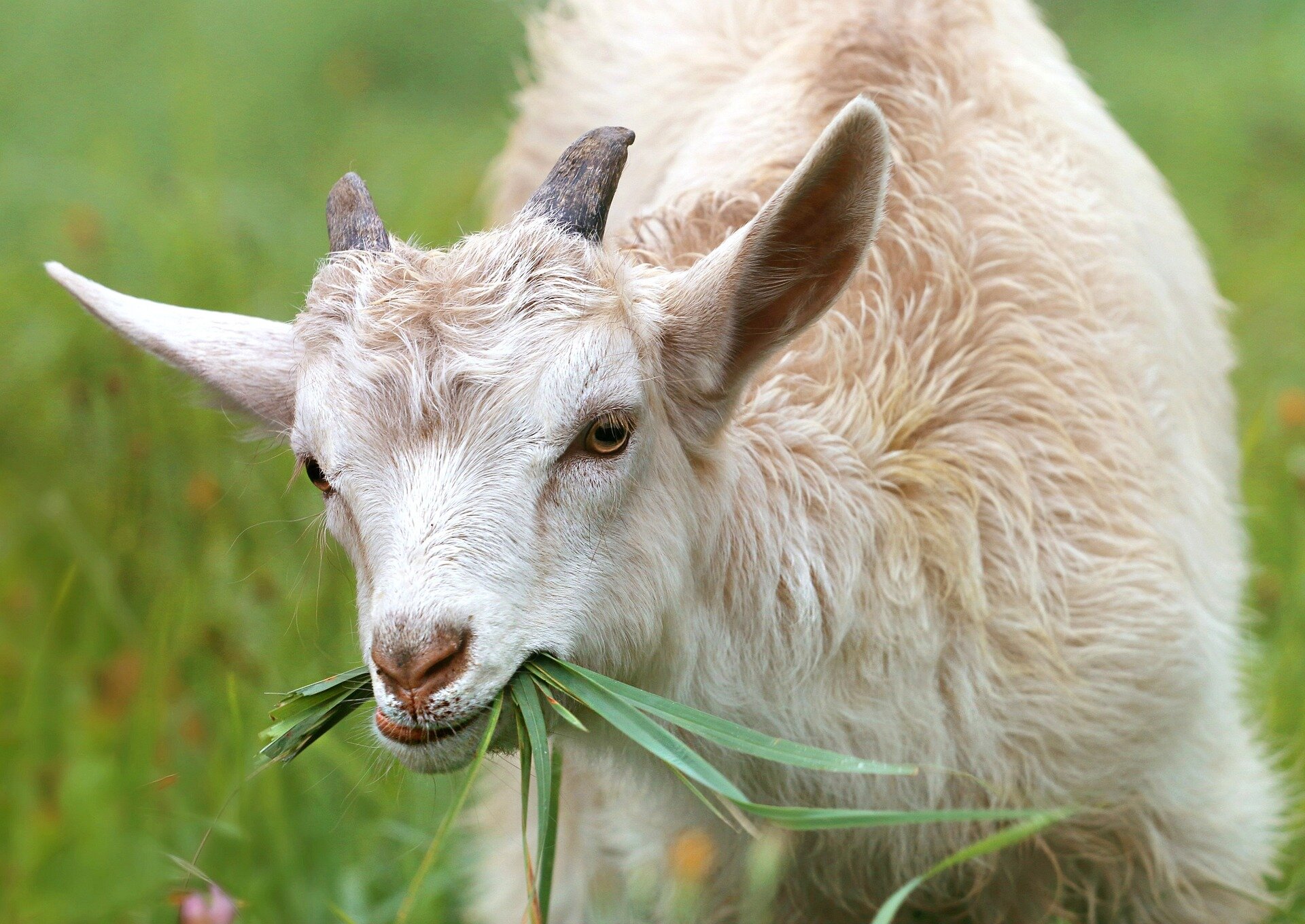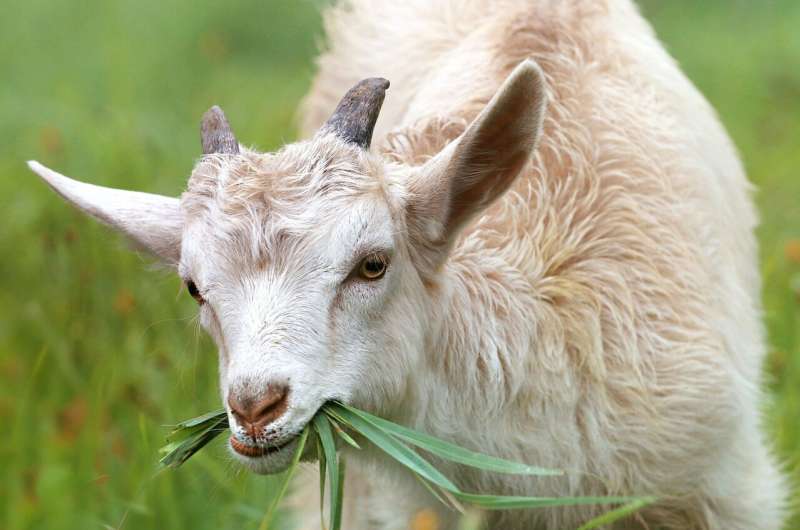

For his 18th century thesis, Carl Linnaeus collected 643 different plant species that were then fed to horses, cows, pigs, sheep and goats. The results were carefully compiled but not analyzed until now, 275 years later, when they were also published in the Biological Journal of the Linnean Society.
“It may have been the first experiment in what would only later become the subject of ecology in the late 19th century. By today’s standards, it was a huge experiment involving an impressive number of plants,” notes Håkan Rydin, Professor of Plant Ecology at Uppsala University and one of the researchers who carried out the analysis.
Linnaeus’ thesis, Pan Svecicus, describes 2,325 experiments involving 643 different plant species. It was published in 1749 and defended by his student, Nils Hesselgren. Earlier, Linnaeus and his disciples had traveled around Sweden collecting information from farmers about the best pastures for their animals.
Although the thesis was translated into German and English and was known among contemporary botanists in Europe, the results were never analyzed. Now, however, Rydin has worked with other researchers to compile and analyze the data.
The results show that pigs were the most selective, eating 32% of the 204 plant species tested on all the animals. This was followed by horses at 59%, cows at 66%, sheep at 82% and goats at 85%. The animals generally preferred legumes and grasses.

“Pigs were probably the pickiest eaters because they are omnivores and do not solely eat plants. Somewhat surprisingly, the animals were not very good at avoiding the toxic plants. Cows and horses were the best in that regard,” explains Rydin.
The thesis contains numbers and references to Flora Svecica, Linnaeus’ list of Swedish flora. According to the researchers, this was one of the first times Linnaeus used the now common naming convention, which has also allowed them to identify the species involved in the experiments.
“Carl Linnaeus laid the groundwork for future scientists to analyze this area. It was about 200 years before biologists started using statistics. What is also absolutely fascinating is that all the data is documented. If this had been done in more recent times, the researchers probably wouldn’t have saved the raw data,” adds Rydin.
More information:
Bengt Å Carlsson et al, Are cows pickier than goats? Linnaeus’s innovative large-scale feeding experiment, Biological Journal of the Linnean Society (2024). DOI: 10.1093/biolinnean/blae084
Provided by
Uppsala University
Citation:
Are cows pickier than goats? Answers from innovative large-scale feeding experiments from 275 years ago (2024, September 19)
retrieved 20 September 2024
from https://phys.org/news/2024-09-cows-pickier-goats-large-scale.html
This document is subject to copyright. Apart from any fair dealing for the purpose of private study or research, no
part may be reproduced without the written permission. The content is provided for information purposes only.